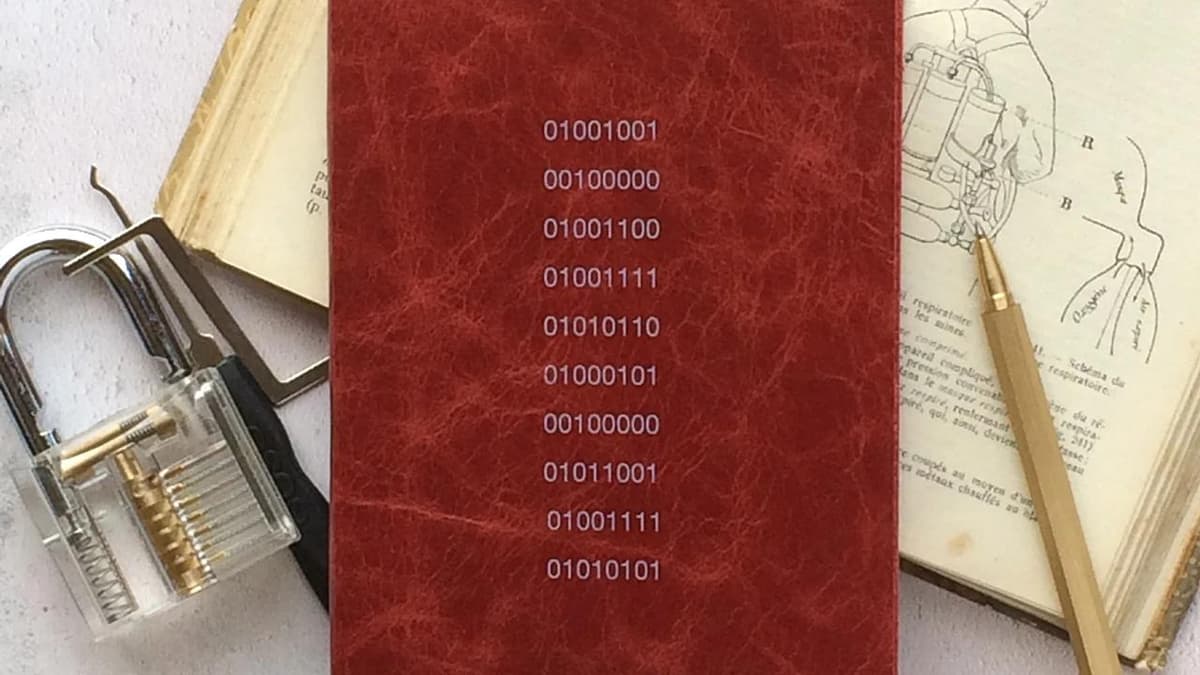Crafting Your Corporate Email Identity
Creating an effective corporate email is vital for a company's identity. A well-crafted corporate email combines a name with a domain, reflecting the professionalism and values of your business. Here are key elements to consider for impactful corporate email communication.
Choose Your Domain Wisely
Select a domain that aligns with your business identity. Your corporate email should begin with the right domain name, which signifies your company’s credibility. Aim for a domain name that closely matches your company name or industry. Verify the availability of your desired domain through domain registration services.
Keep It Professional and Memorable
Create the local part of the email address (the part before the @ symbol) with simplicity and professionalism in mind. Avoid complex or lengthy email addresses to minimize typos and enhance memorability. An ideal format is first name followed by a dot and then last name. For example, John Doe at Widget Enterprises would use '[email protected]'.
Branded and Aligned
Ensure that all emails are branded consistently. Incorporate your company colors, logo, and font in every correspondence. Use a standard email template to reinforce your brand identity. A well-designed signature, including your company logo, position, and contact information, maintains consistency and reflects corporate culture.
Strength in Security
Implement strong security protocols for your corporate email. Utilize services that offer robust security features, such as two-factor authentication, SSL encryption, and spam protection. Choose reliable email hosting services for effective security mechanisms.
Smart Naming Conventions for Your Teams
For larger organizations, establish a clear email naming structure for different departments or teams. For example, the sales team could use '[email protected]' while IT support might use '[email protected]'. This structure helps maintain consistent contact points as personnel changes.
Training and Email Etiquette
Training employees on effective email practices and etiquette is crucial. Key topics should include writing professional content, responding promptly, and managing email records. Teach appropriate use of Cc (carbon copy) and Bcc (blind carbon copy) fields to facilitate efficient communication without cluttering inboxes.
Maintenance and Updates
Regular maintenance of your corporate email system is essential. Update security features and passwords frequently. Clean up and archive old emails to reduce clutter. Encourage teams to unsubscribe from unnecessary newsletters that may distract from key communications.
Combining simplicity, branding, security, structure, etiquette, and consistent maintenance will ensure your corporate email reflects your business's commitment to professionalism.












